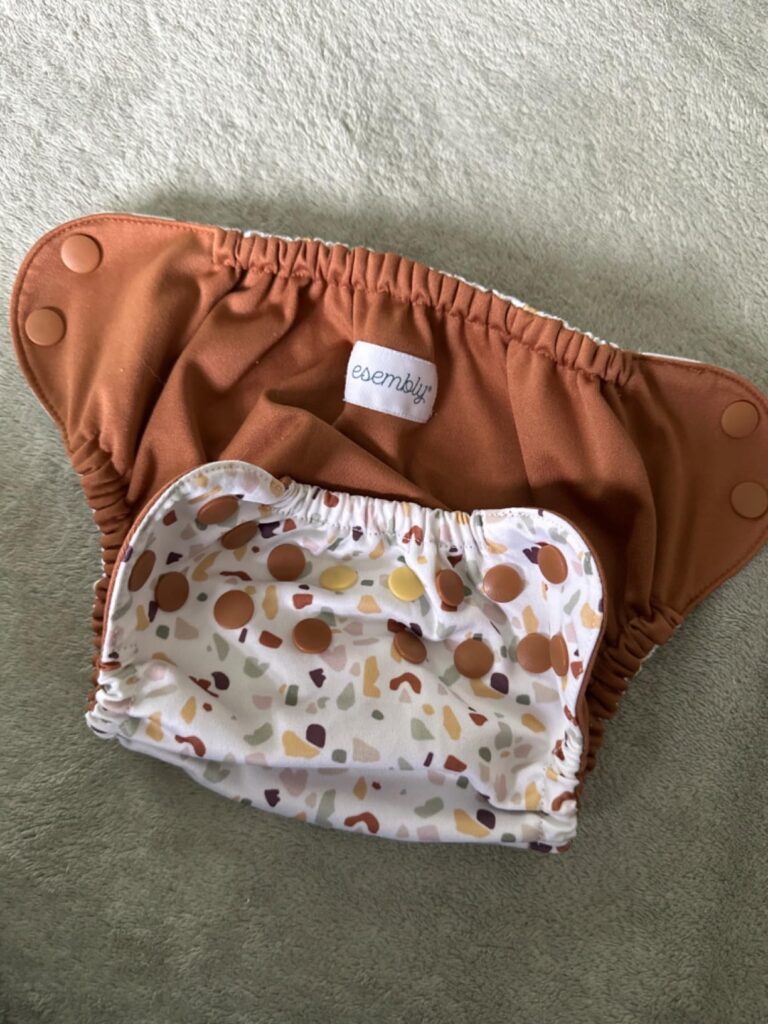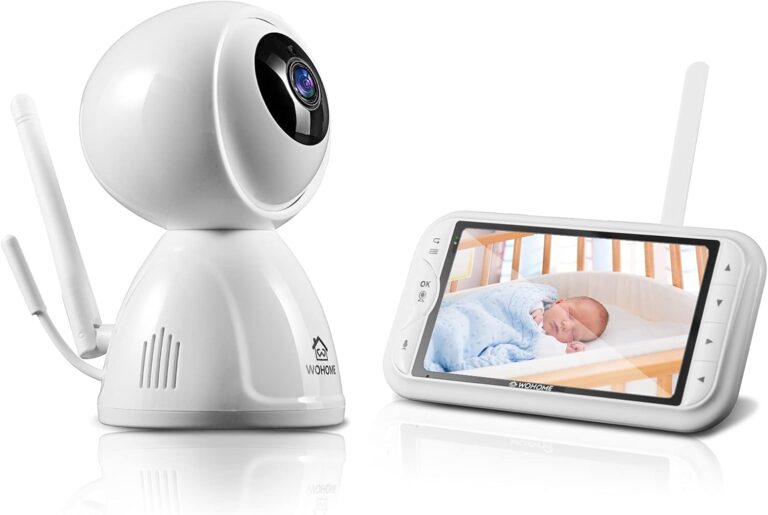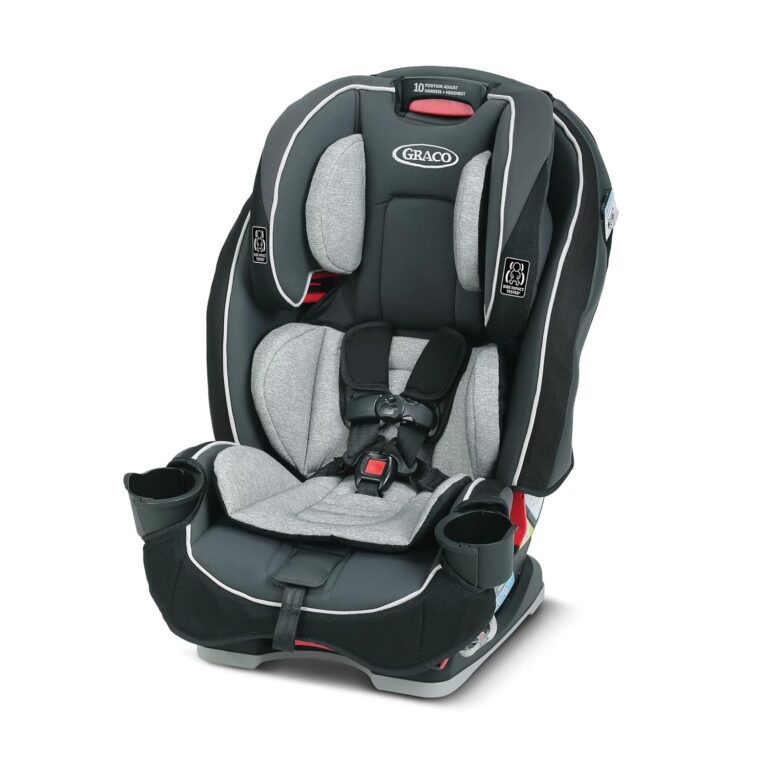Welcoming a new baby into your life is an incredible journey, but it also comes with the challenge of selecting the right baby gear to keep your little one comfortable, safe, and happy. From ensuring a good night’s sleep to managing diaper changes and preventing rashes, the products you choose can make a significant difference. In this guide, we’ll explore three essential baby gear categories—overnight diapers, cloth diapering systems, and diaper rash ointments—and help you make informed decisions. Plus, we’ll link to our in-depth reviews of top products in each category to help you find the perfect fit for your family.
Why Choosing the Right Baby Gear Matters
According to the American Academy of Pediatrics (AAP), newborns can go through 8–12 diaper changes per day, and diaper rash affects up to 35% of infants at some point. These statistics highlight the importance of selecting high-quality diapers and skincare products to keep your baby comfortable and healthy. Additionally, the Environmental Protection Agency (EPA) notes that disposable diapers contribute significantly to landfill waste, making sustainable options like cloth diapers an appealing choice for eco-conscious parents. With these considerations in mind, let’s dive into the three key product categories every parent should explore.
1. Overnight Diapers: Ensuring a Restful Night for Baby (and You!)

One of the biggest challenges for new parents is ensuring their baby sleeps through the night—or at least as long as possible. Overnight diapers are designed to provide extra absorbency to prevent leaks and keep your baby dry, which can lead to better sleep for everyone. However, not all overnight diapers are created equal. Factors like absorbency, fit, and skin-friendliness are crucial when making your choice.
For parents seeking a reliable and eco-conscious option, we recommend checking out our detailed review of The Honest Company Clean Conscious Overnight Diapers. These diapers are designed with plant-based materials and feature advanced leak protection, making them a great choice for babies with sensitive skin. They also include a wetness indicator, which is a lifesaver for new parents learning to navigate diaper changes. In our review, we cover everything from absorbency tests to comfort, helping you decide if these diapers are the right fit for your nighttime routine.
Tips for Choosing Overnight Diapers
- Absorbency: Look for diapers with quick-absorb channels or a high-absorbency core to lock in moisture overnight.
- Skin Safety: Choose hypoallergenic options free from fragrances, latex, and parabens, especially if your baby has sensitive skin.
- Sustainability: Consider plant-based or biodegradable options to reduce your environmental footprint.
Other Posts You May love:
2. Cloth Diapering: A Sustainable and Cost-Effective Solution

Cloth diapering has seen a resurgence in popularity, and for good reason. Not only is it an environmentally friendly alternative to disposables, but it can also save families significant money over time. According to a 2020 study by the Real Diaper Association, families can save up to $1,500 per child by switching to cloth diapers, depending on the system they choose. However, cloth diapering can feel overwhelming at first, especially when it comes to choosing the right components, like outer covers, inserts, and washing routines.
One standout product in this category is the Esembly Outer Diaper, which we’ve thoroughly reviewed on our site. This waterproof outer layer is designed to work with Esembly’s inner absorbent inserts, creating a leak-proof system that’s both easy to use and eco-friendly. Made from recycled materials, the Esembly Outer Diaper is a favorite among parents who want to reduce waste without sacrificing convenience. Our review dives into the fit, durability, and washing process, offering practical insights for both cloth diapering newbies and seasoned pros.
Tips for Choosing Cloth Diapers
- System Type: Decide between all-in-one, pocket, or two-part systems (like Esembly’s outer and inner combo) based on your convenience and budget needs.
- Materials: Opt for natural fibers like cotton or bamboo for absorbency and breathability, paired with waterproof outer layers.
- Ease of Use: Look for adjustable sizing and snap or hook-and-loop closures to ensure a secure fit as your baby grows.
3. Diaper Rash Ointments: Soothing and Protecting Your Baby’s Skin

Diaper rash is a common issue that can cause discomfort for babies and stress for parents. The AAP recommends using a barrier cream with zinc oxide to treat and prevent diaper rash, as it forms a protective layer on the skin to shield against moisture and irritants. However, with so many options on the market, it’s important to choose a product that’s safe, effective, and free from harmful chemicals.
We’ve tested and reviewed Burt’s Bees Baby Diaper Rash Ointment, a pediatrician-tested option that’s 100% natural and formulated with 40% zinc oxide for maximum protection. This ointment also includes nourishing ingredients like shea butter and lavender oil, making it a gentle choice for sensitive skin. Our review explores its effectiveness, ease of application, and how it compares to other popular brands, giving you the confidence to choose the best rash relief for your baby.
Tips for Choosing Diaper Rash Ointments
- Active Ingredients: Look for zinc oxide or petrolatum-based ointments for the best barrier protection.
- Safety: Avoid products with parabens, phthalates, or synthetic fragrances, especially for babies with eczema or sensitive skin.
- Application: Choose a cream that’s easy to apply and doesn’t require excessive rubbing, which can irritate already sore skin.
How to Build a Complete Diapering Routine
Now that we’ve covered the essentials, let’s talk about how to combine these products into a cohesive diapering routine that works for your family. Here’s a sample routine based on the products we’ve reviewed:
- Daytime Diapering: Use a cloth diapering system like the Esembly Outer Diaper for an eco-friendly and cost-effective solution. Wash every 2–3 days to keep your stash fresh.
- Nighttime Diapering: Switch to The Honest Company Clean Conscious Overnight Diapers for superior absorbency and leak protection, ensuring a restful night’s sleep.
- Rash Prevention and Treatment: Apply Burt’s Bees Baby Diaper Rash Ointment at the first sign of redness or irritation, and use it proactively during overnight diaper changes to prevent rashes.
By mixing and matching these products, you can create a routine that balances sustainability, convenience, and skin health, all while keeping your baby comfortable.
Final Thoughts: Making Informed Choices for Your Baby
Choosing the right baby gear is all about finding products that align with your family’s needs, values, and budget. Whether you prioritize eco-friendliness, skin safety, or cost savings, the products we’ve highlighted—The Honest Company Clean Conscious Overnight Diapers, Esembly Outer Diaper, and Burt’s Bees Baby Diaper Rash Ointment—offer reliable solutions backed by thorough testing and real-world use. Be sure to check out our full reviews for more details, including pros, cons, and hands-on insights.
Have questions about these products or need help building your own diapering routine? Drop a comment below—we’re here to help! And don’t forget to subscribe to our newsletter for the latest baby gear reviews, tips, and exclusive deals.
Frequently Asked Questions (FAQ)
What makes overnight diapers different from regular diapers?
Overnight diapers are designed with higher absorbency to handle longer periods without changes, typically featuring quick-absorb channels and leak guards to prevent messes during sleep.
Are cloth diapers worth the effort?
Yes, cloth diapers can save money and reduce environmental waste, especially with user-friendly systems like the Esembly Outer Diaper. They do require an initial investment and regular washing, but many parents find the benefits outweigh the effort.
How often should I apply diaper rash ointment?
Apply diaper rash ointment at the first sign of redness or irritation, and consider using it proactively during overnight diaper changes or if your baby is prone to rashes. Always consult your pediatrician if a rash persists or worsens.



